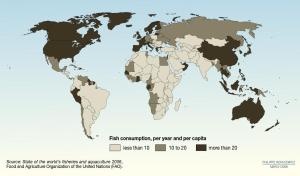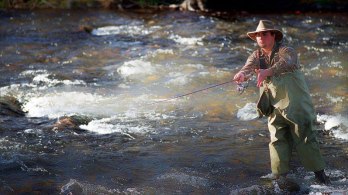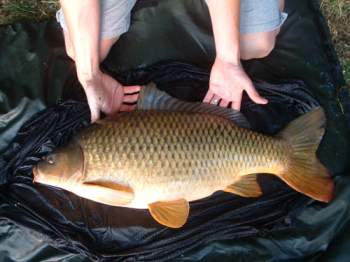The supply and demand for seafood—fish, crustaceans, molluscs—vary across countries and regions around the world, reflecting a wide diversity in eating habits, traditions, availability of resources, seasons, and to some extent, economic levels. In theory, countries with the largest populations and most extensive water resources should produce and consume the most seafood. However, this is not always the case and even within countries, differences are manifested.
Africa consumes the least amount of seafood (based on actual tonnage), followed by the Caribbean, Central America, Europe, and North America. Asia, meanwhile, accounts for two-thirds of total production. In terms of per capita consumption, however, Oceania (Pacific countries and Australia) ranks first. China, Japan, and the U.S. have the strongest demand for seafood.

Image source: unep.org
Aquaculture production, sometimes referred to as aqua-farming, plays a significant role in meeting the demand for human consumption of fish and other fishery products. In recent years, significant growths in the quantity of fish consumed have originated from aquaculture.

Image source: faowashington.org
Demersal fish (bottom feeders) are preferred mostly by consumers in Northern Europe and North America, whereas cephalopods (such as squids) are mainly consumed in Mediterranean and Asian countries. The consumption of crustaceans (such as crabs and lobsters), being high-priced commodities, is concentrated mainly in affluent economies. Pelagic species (such as anchovies and sardines), meanwhile, often end up in canning factories.
Northern Fisheries, headed by Brian Eliason, supplies frozen seafood products to some of the largest retailers, food service distributors, and restaurant chains in the world. Know more about the company by visiting this website.





















